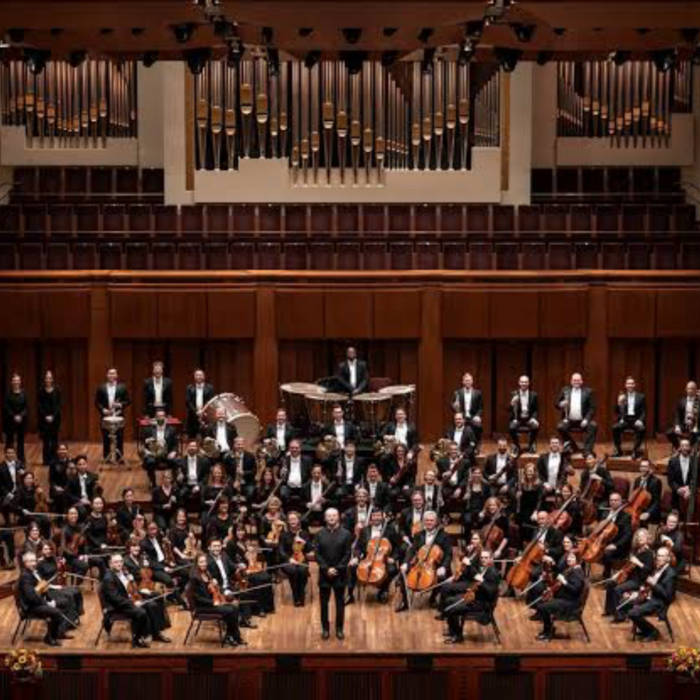Peter Thoegersen – Symphony IV: melodiae perpetuae

Peter Thoegersen has posted a digital realization of his Symphony IV: melodiae perpetuae on Bandcamp. This is an ambitious piece for full orchestra with a running time of just over 52 minutes. Symphony IV is a work in progress; it is intended to be poly microtonal and poly tempic in its ultimate form. The recording posted at this writing is realized in 12TET tuning with various sections of the orchestra heard in different tempi simultaneously. Thoegersen writes: “Each choir of the orchestra is moving separately in Fuxian contrapuntal motions, such as contrary, parallel, similar, and oblique, with respect to tempi changes in the choirs.” Fragments of Gregorian chant from the Liber Usualis form the foundation for the various sections as they ebb and flow throughout this single movement piece. Updates to Symphony IV will be posted on Bandcamp as software improvements and other refinements are implemented.
Peter Thoegersen has devoted much of his career to the exploration of multiple simultaneous tempi that intersect with scales and harmony constructed from micro tonal pitches. He has produced a number of works realized digitally as well as several performed pieces. These have been mostly for smaller and mid-sized ensembles, so the application of Thoegersen’s methodology to full symphonic forces represents a significant escalation of his artistic intentions. Symphony IV, even in its present unfinished form, gives an insight into this process.
In a conventional 19th century symphony, there is typically a sonata structure so that the various sections of the orchestra pass around a common theme and introduce variations. Symphony IV is nothing like this. From the very beginning we are immersed in a great wash of sounds and all the parts of the orchestra seem to be playing at once. This might seem to be a recipe for sonic chaos, but it proves to be more engaging than distracting. Different sections of the orchestra are often heard crossing through each other, and this creates an intriguing kaleidoscope of textures that are continuously unfolding as the piece progresses. At times the great wash of sound might remind of a piece like Becoming Ocean, by John Luther Adams. As the sections intersect and collide, snatches of what could be passages from David Diamond’s Symphony I or Bartok’s Concerto for Orchestra might be heard.
The overall feeling in this music changes quickly and can vary from mysterious, to ominous, haunting, grand or tense. The Gregorian chant fragments embedded in this piece provide a solid foundational gravitas throughout. Often a single section, usually the brass or percussion, will rise to the top of the texture and dominate briefly. The strings provide a restrained background against which the other sections can emerge and contrast. A piano line of single notes will occasionally rise up over the woodwinds to trigger the memory of a piano concerto. The dynamics rise and fall, often depending on which section is dominating. The timpani often heralds a tutti crescendo that ends with a bold trumpet call. It is perhaps the employment of full orchestral forces that allow the listener to pick out favorite or familiar-sounding phrases. But these come in the absence of a conventional structure and so are enjoyed without any framing context. This uncertainty increases the engagement of the listener.
How far into the unorthodox will Symphony IV ultimately travel? Only time will tell, but the journey will doubtless be full of surprises and worth following.